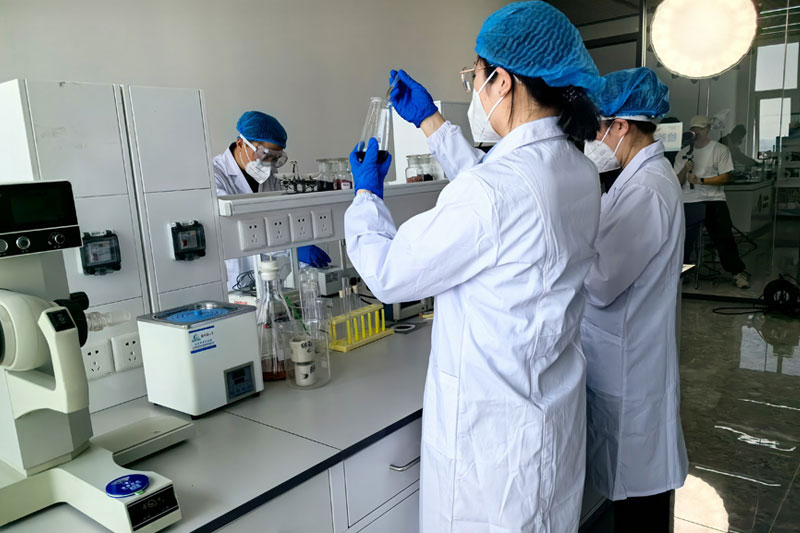
Hello, classmates. During our school days, we mainly focused on basic science in chemistry, and some small examples were introduced from basic disciplines. However, in real life, inventors use magnifying glasses to study every scientific principle and then utilize it to make contributions to humanity. Today, we will talk about ozone generators.
What appears to be complex is actually not. The core components, core accessories, and accessories are all it takes to assemble the modern machinery we see. The basic chemical principle of an ozone generator is to add an oxygen atom to the oxygen in the air through high-voltage charge, turning it into an ozone molecule. This simple principle is not enough to make it usable. We need to add sensors, controllers, panels, transformers, protective valves, and other accessories to work together. Today, we will mainly talk about our core component: the discharger.
When the ozone generator starts working, it presses the air from the oil-free air compressor into its cooler and gas storage tank. The air passes through a heatless regeneration drying device, and its gas flow rate and velocity are controlled by a flowmeter. From there, the gas source enters the ozone generation unit. At this point, the pressure regulator inside the ozone generation unit adjusts the transformer to increase the pressure to around 12,000V. Operators can observe the ozone generation and glow discharge conditions through a sight glass. The transformer continues to gradually increase the pressure to around 15,000V and stabilize it. Operators observe the operation of various instruments until they reach a stable state.
 WELCOME TO OUR WEBSITE!
WELCOME TO OUR WEBSITE!









